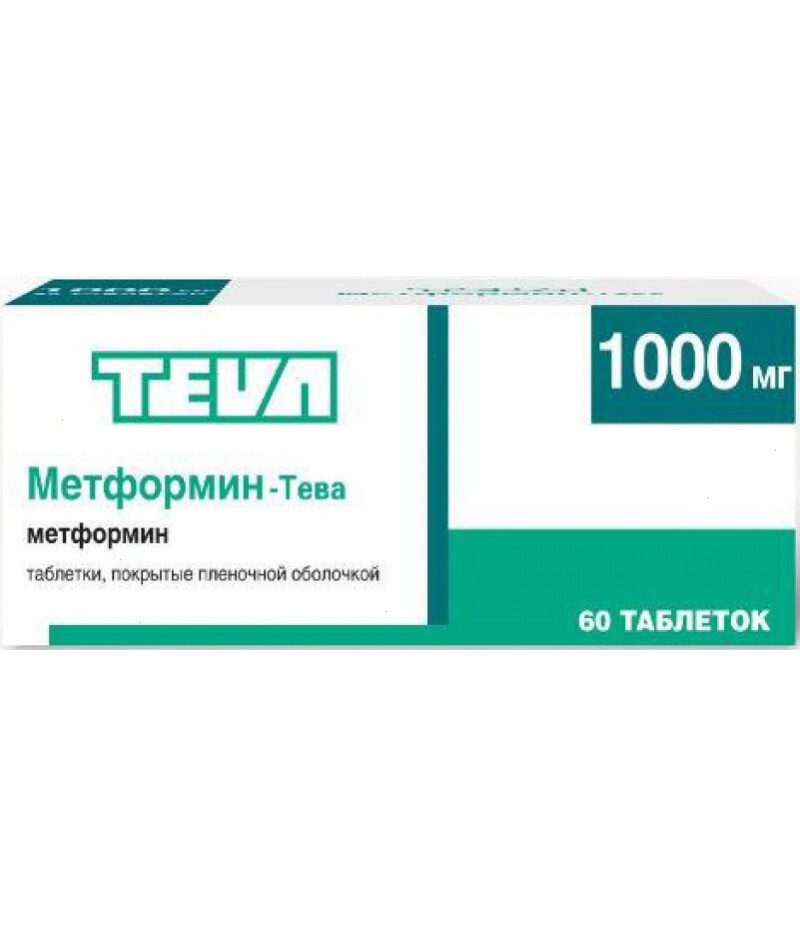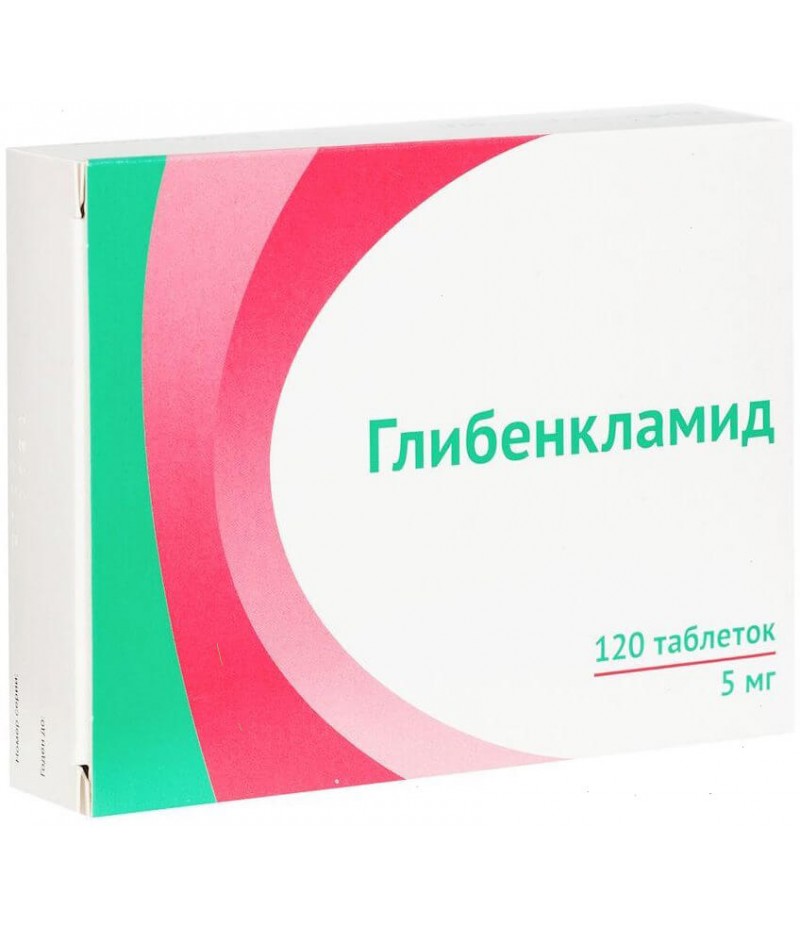Metformin tabs 1000mg #60
- $13.59
- 3 or more $13.20
- 5 or more $12.99
- Availability:In Stock
Metformin user manualReed more and buy Metformin on this pageCompositionThe composition of the drug is the active ingredient metformin, as well as additional substances: starch, magnesium stearate, talc.Form of issueThe medicine i..
Metformin user manual
Reed more and buy Metformin on this page
Composition
The composition of the drug is the active ingredient metformin, as well as additional substances: starch, magnesium stearate, talc.
Form of issue
The medicine is produced in the form of tablets that cover the film membrane. Tablets of 500 mg and 850 mg are produced. In the blister can be 30 or 120 pcs.
pharmachologic effect
Metformin is a substance of the biguanide class, its mechanism of action is manifested by inhibition of the process of gluconeogenesis in the liver, it reduces the absorption of glucose from the intestine, enhances the process of peripheral utilization of glucose, increases the sensitivity of tissues to the action of insulin. Does not affect the process of secretion of insulin with beta cells of the pancreas, does not provoke hypoglycemic reactions. As a consequence, it suppresses hyperinsulinemia, which is an important factor contributing to the recruitment and progress of vascular complications in diabetes mellitus. Under its influence stabilizes or although the mass of the body mass.
The drug reduces the blood levels of triglycerides and linoproteins. Reduces the intensity of fat oxidation, inhibits the production of free fatty acids. Its fibrinolytic effect is noted, inhibiting PAI-1 and t-PA.
The drug stops the development of proliferation of smooth muscle elements of the vascular wall. Positively affects the state of the cardiovascular system, prevents the development of diabetic angiopathy.
Pharmacokinetics and pharmacodynamics
After Metformin is taken orally, the highest concentration is observed in the plasma after 2.5 hours. In people who receive the drug at the highest doses, the highest content of the active component in the plasma was not more than 4 μg / ml.
Absorption of the active ingredient is discontinued after 6 hours after administration. As a consequence, the plasma concentration decreases. If the patient takes the recommended dose of the drug, then after 1-2 days in the plasma there is a stable constant concentration of the active substance in the border of 1 μg / ml and less.
If the medicine is taken in the process of eating, then the absorption of the active ingredient decreases. Cumulated, mainly in the walls of the digestive tube.
Its half-life is approximately 6.5 hours. The level of bioavailability in healthy people is 50-60%. With plasma proteins, its connection is insignificant. About 20-30% of the dose goes through the kidneys.
Indications for the use of Metformin
Such indications for the use of Metformin are defined:
diabetes mellitus of the first and second type.
The medication is prescribed as an additional remedy for basic insulin treatment, as well as other means against diabetes. Also it is appointed as a monotherapy.
The use of the drug is recommended if the patient suffers from concomitant obesity, if the patient needs to monitor blood glucose levels, and this can not be achieved by diet or exercise.
The remedy is also used for polycystic ovaries, but this can only be done under the strict supervision of a doctor.
Contraindications
The following contraindications for the use of the drug are determined Metformin:
the patient's age is up to 15 years;
a high degree of sensitivity to the active ingredient or other constituents of the drug;
severe kidney disease (dysfunction, insufficiency);
diabetic precoma;
gangrene;
diabetic ketoacidosis;
dehydration (in case of constant vomiting and diarrhea);
diabetic foot syndrome;
myocardial infarction in acute form;
dehydration, infectious diseases in severe form, shock and other conditions that can lead to impaired renal function;
insufficiency of adrenal function;
liver failure;
a diet in which a person consumes no more than 1000 kcal per day;
lactic acidosis;
alcoholism in chronic form;
diseases in which the patient is hypoxic tissue;
fever;
intravenous or intra-arterial administration of X-ray contrast drugs in which there is iodine;
alcohol poisoning;
pregnancy and the period of breastfeeding.
Side effects
Most often when taking the drug, side effects occur in the functions of the digestive system: nausea, diarrhea, vomiting, abdominal pain, deterioration of appetite, the appearance of metallic taste in the mouth. As a rule, such reactions develop during the first time of taking the remedy. In most cases, they disappear on their own with further use of the medicine.
If a person has a high sensitivity to the drug, the development of erythema is possible, but this occurs only in rare cases. With the development of a rare side effect - mild erythema - it is necessary to cancel the reception.
With prolonged treatment, some patients experience a deterioration in the absorption of vitamin B12. As a consequence, its serum level decreases, which can lead to disruption of hematopoiesis and development of megaloblastic anemia.
Metformin tablets, instructions for use (Method and dosage)
It is necessary to swallow tablets whole and wash them with plenty of water. The medicine is drunk after eating. If a person is difficult to swallow a 850 mg tablet, it can be divided into two parts, which are taken immediately, one after another. Initially take a dose of 1000 mg per day, this dose, in order to avoid side effects should be divided into two or three admission. After 10-15 days, the dose is gradually increased. Maximum intake of 3000 mg of medication per day is acceptable.
If metformin is taken by older people, you need to constantly monitor the condition of their kidneys. Complete therapeutic activity can be obtained after two weeks after the start of treatment.
If you need to start taking Metformin after taking another hypoglycemic medication for ingestion, you must first stop treatment with such a drug, and then start taking Metformin in the indicated dosage.
If the patient combines insulin and Metformin, then in the first few days you should not change the usual dose of insulin. Further, the dose of insulin can be gradually reduced under the supervision of a doctor.
Instructions for use Metformin Richter
The dose of the medicine is determined by the doctor, it depends on the content of glucose in the patient's blood. When taking 0.5 g tablets, the initial dose is 0.5-1 g per day. Then the dose can be increased if necessary. The greatest dose per day is 3 g.
When taking the tablets 0.85 g, the initial dose is 0.85 g per day. Further, if necessary, increase it. The highest dose is 2.55 g per day.
Instructions for use Metformin Canon
Instructions for use of this medication provides similar guidance. Individually the dose is set by the attending physician.
Overdose
In case of an overdose, some side effects may occur, which is why it is recommended to take the pill only at the indicated dose. When taking metformin in a dosage of 85 g, an overdose was documented, resulting in lactatacidosis, with vomiting, nausea, muscle pain, diarrhea, and abdominal pain. If timely assistance is not provided, there may be dizziness, impaired consciousness and coma. The most effective method of excretion from the body of metformin is hemodialysis. Then prescribe symptomatic therapy.
Interaction
Care should be taken to combine metformin and sulfonylureas due to the risk of hypoglycemia.
The hypoglycemic effect is reduced when taking systemic and local glucocorticosteroids, glucagon, sympathomimetics, gestagens, epinephrine, thyroid hormones, estrogen, nicotinic acid derivatives, thiazide diuretics, phenothiazines.
With the simultaneous administration of cimetidine, the excretion of metformin from the body slows down, as a result, the risk of lactic acidosis increases.
Hypoglycemic action potentiates β2-adrenoreceptor antagonists, angiotensin-converting factor inhibitors, clofibrate derivatives, monoamine oxidase inhibitors, non-steroidal anti-inflammatory drugs and oxytetracycline, cyclophosphamide, cyclophosphamide derivatives.
When using intraarterially or intravenously contrasting drugs with iodine content that are used for X-ray studies, the patient may develop renal failure along with Metformin, and the likelihood of developing lactic acidosis increases. It is important to suspend the admission before the procedure, during and for two days after. Further, the drug intake can be restored when the kidney function is re-evaluated as normal.
When a neuroleptic chloropropamazine is taken in large doses, the serum glucose value increases and the release of insulin is inhibited. As a consequence, you may need to increase the dose of insulin. But before that it is important to control the glucose level in the blood.
To avoid hyperglycemia, do not combine with Danazol.
With simultaneous long-term admission with metformin Vancomycin, Amiloride, Quinine, Morphine, Quinidine, Ranitidine, Cimetidine, Procainamide, Nifedipine, Triamteren, the concentration of metformin in plasma increases by 60%.
The absorption of metformin slows Guar and Cholestyramine, so when these drugs are taken together, the effectiveness of metformin decreases.
Increases the effect of internal anticoagulants, which belong to the class of coumarins.
Storage conditions
The remedy belongs to the list B. It should be protected from children and stored at t 25 degrees.
Shelf life - 3 years.
special instructions
If monotherapy with metformin is carried out, hypoglycemia is not noted. Consequently, the patient can work with precise mechanisms or drive vehicles. However, with the combination of taking the drug with insulin or with other drugs that are used to treat diabetes mellitus, hypoglycemia may occur, which in turn leads to a disruption of mental reactions and coordination of movements.
Do not prescribe pills to people after reaching the age of 60, in the event that they physically work hard. In this case, lactic acidosis may develop.
Patients who take the drug should determine the creatinine content in the blood before the treatment and then, during the treatment, on a regular basis. With a normal rate, this should be done once a year, with an increased initial level of creatinine, it is necessary to carry out such studies 2-4 times a year. With similar frequency, similar studies are conducted for older people.
If the patient is overweight, it is important to adhere to a balanced diet during treatment.
After the surgery, you can resume treatment after 2 days.
Which is better - Metformin or Glucophage?
Glucophage is the original preparation of France, Metformin is its domestic counterpart. What kind of preparation is preferred, should be determined only by the treating specialist.
Children
There is not enough experience of using this medication for children.
With alcohol
Alcohol and Metformin should not be combined, since this combination significantly increases the likelihood of lactic acidosis. Therefore, in the process of treatment, it is important to avoid drinking alcohol, as well as drugs that contain ethanol.
Metformin for weight loss
Despite the fact that on the Metformin Richter forum and on other resources often there are reviews about Metformin for weight loss, this remedy is not intended to be used by people who want to lose excess weight. This drug for weight loss is used because of its effect, associated with a decrease in blood sugar and concomitant decrease in body weight. Nevertheless, how to take Metformin for weight loss, you can find out only from unreliable sources in the network, because experts do not advise to practice this. However, it is sometimes possible to lose weight with this medication for those who take Metformin for the treatment of diabetes.
In pregnancy and lactation
Admission Metformin during pregnancy is contraindicated. If pregnancy occurs against the background of treatment with this medicine, you need to stop it and prescribe an insulin intake. Natural feeding is discontinued if treatment with this drug is necessary.
Reviews about Metformin
Reviews of Metformin in tablets from those patients who suffer from diabetes mellitus testify that the drug is effective and allows you to monitor the level of glucose. The forums also have feedback on the positive dynamics after the treatment of this drug with PCOS. But most often there are reviews and opinions about how Metformin Richter, Metformin Teva, and others can control body weight.
Many users report that preparations containing metformin really helped to cope with excess kilograms. But at the same time, side effects associated with the functions of the digestive tract were very often manifested. In the process of discussing how metformin is used for weight loss, doctors' reviews are mostly negative. They categorically advise against using it for this purpose, and also use alcohol during the treatment.





